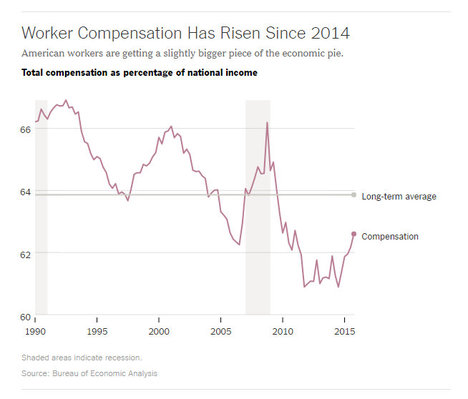(p. B4) Say what you will about Plain Old Telephone Service, but it worked. The functionality of POTS, as it was known, was limited to making calls, and they were expensive. But many traditional phone companies offered 99.999% reliability, which allowed for about five minutes of downtime a year.
Today’s networks are far less expensive, infinitely more capable and nowhere near as reliable as the wired-to-the-wall phone, . . .
. . .
To some extent, contemporary networks suffer from inattention. The old phone system worked so well because regulators in certain countries like the U.S. said it had to, and enough money was set aside to fund an army of technicians and engineers to oversee it. That generally isn’t the case with modern, digital networks and IT infrastructure, and companies often neglect this nuts-and-bolts technology.
. . .
Underneath it all, the economics of falling prices carry a trade-off. Consumers get more for their money in the mobile, digital era, but that often leaves margin-stretched companies with fewer resources to invest in robustness and maintenance. Reliability is as much a function of business and risk management as it is about tech.
“I don’t know if people are sweating that detail as much as they used to,” said Mr. Bayer, previously CIO of the Securities and Exchange Commission.
. . .
Former NYSE Euronext Chief Operating Officer Lawrence Leibowitz told the Journal in 2013 the public shouldn’t expect market technology to function perfectly, a goal that would be too expensive to implement even if it were technically feasible.
For the full story, see:
STEVE ROSENBUSH and STEVEN NORTON. “Network Reliability, a Relic of Business?” The Wall Street Journal (Fri., July 10, 2015): B4.
(Note: ellipses added.)
(Note: the online version of the story has the date July 9, 2015 and has the title “What We Learned From the NYSE, United Airlines Tech Outages.”)

